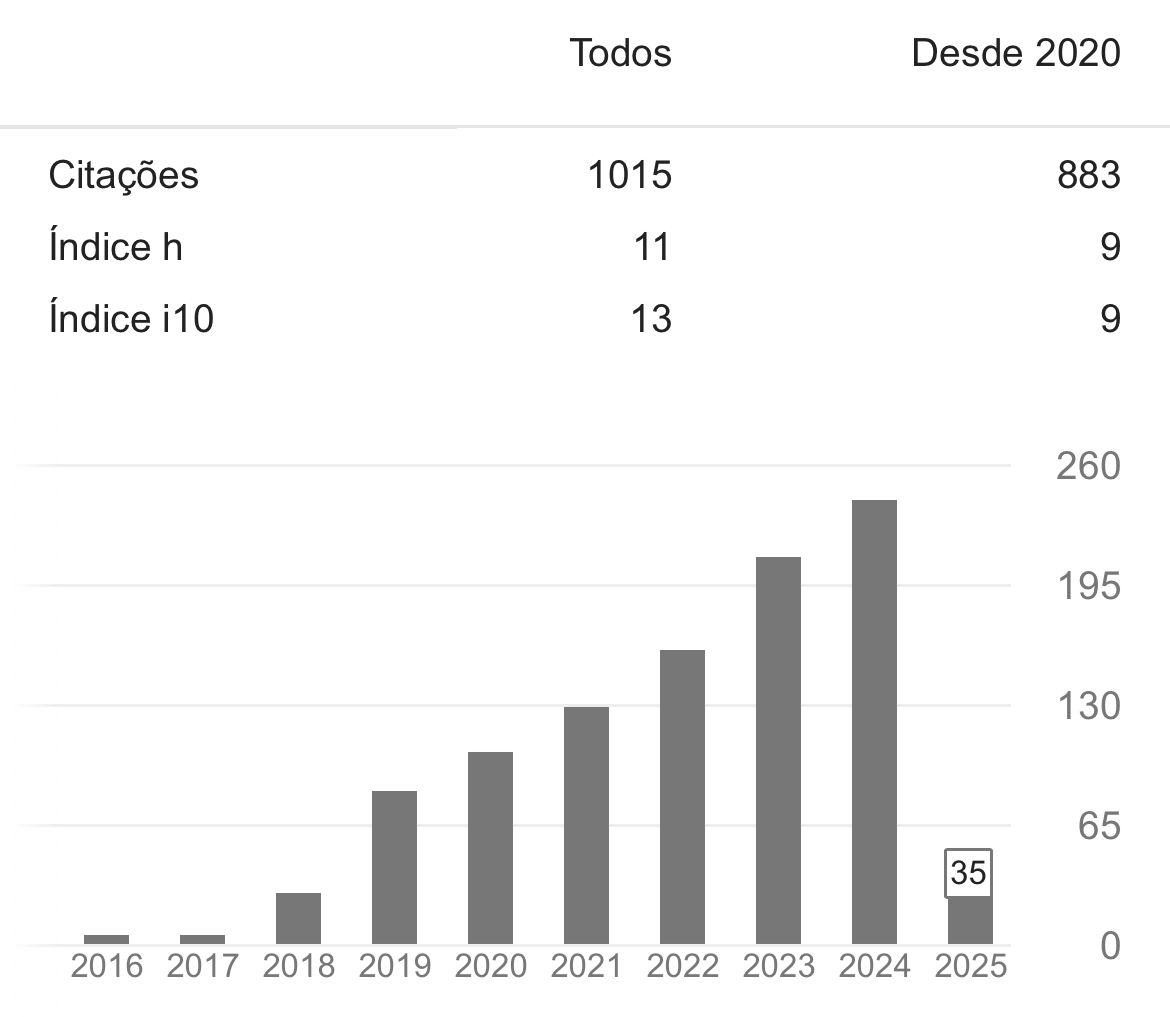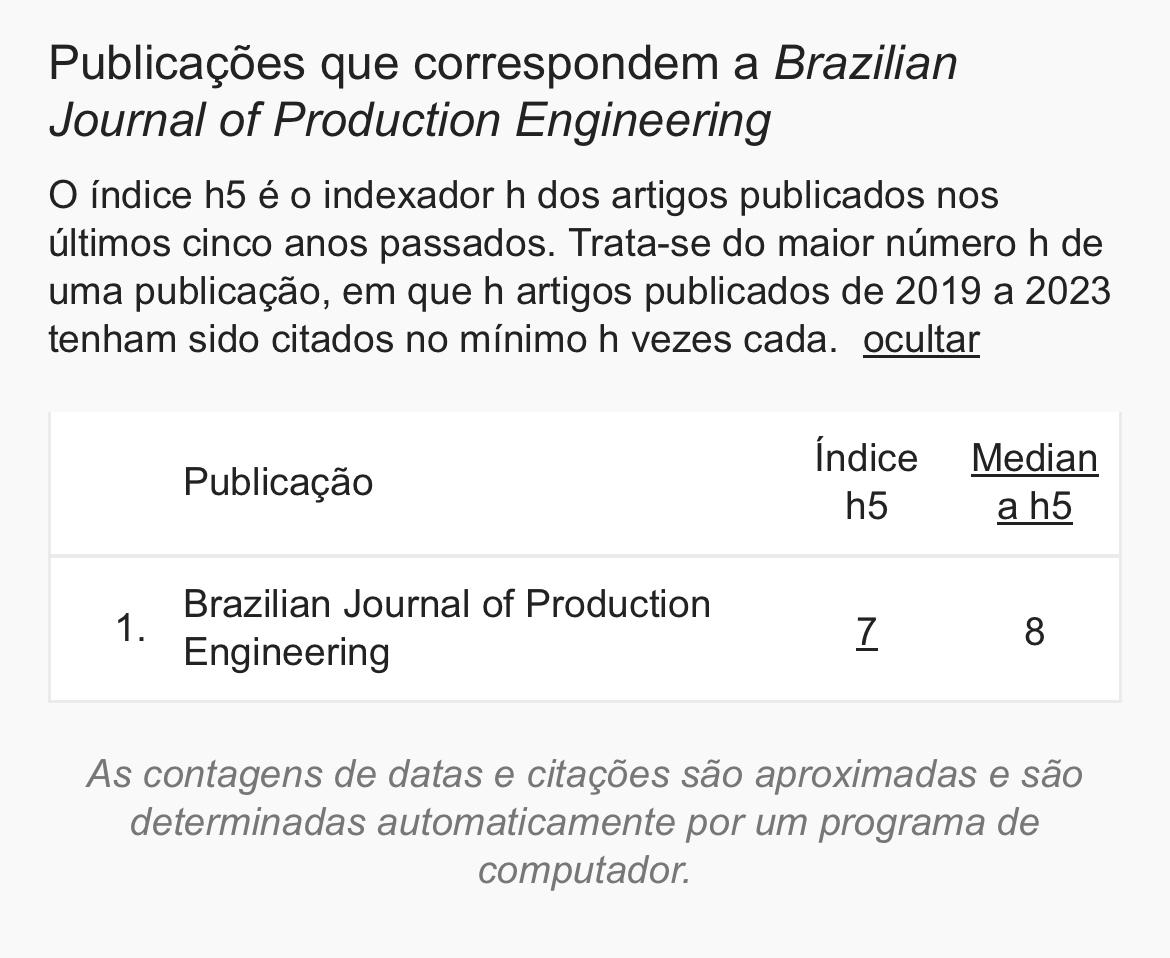Analysis of triggering agricultural insurance based on climate simulations in the state of Paraná
Keywords:
Agricultural Subsidy, Public Policy, Agricultural DevelopmentAbstract
Despite the wide technological development that has occurred in the last decades, Brazilian agribusiness is still susceptible to climatic weather conditions that can cause significant losses in crop productivity in certain areas. In order to provide more security to rural producers, the government has historically adopted some risk mitigation systems. One of the most common is that of subsidized agricultural insurance, which in Brazil since 2003, has been improved through the creation of the Rural Insurance Award (PSR) Subsidy Program. As this system is a strategic tool for both producers and the government, having knowledge of the probability of a certain climatic weather and the ability of these to cause damage to crops, makes the agricultural insurance system more effective in national agricultural development. In this way, in the present work, the activations of agricultural insurance in the municipalities of Maringá, Londrina and Irati in the state of Paraná were analyzed, comparing with planting simulations on different dates using the IrriPlus® software. The results obtained highlight the importance of the PSR for both rural producers and the public authorities and conclude that crop simulations have ample potential for predicting occurrences of weather conditions during the crop cycle, which can improve the efficiency of agricultural insurance.
Downloads
References
Allen, R. G., et al., (1998). Crop evapotranspiration-Guidelines for computing crop water requirements. FAO Irrigation and drainage paper 56. Fao, Rome, 300(9), D05109.
Arias, D., Mendes, P., & Abel, P. (2015). Revisão rápida e integrada da gestão de riscos agropecuários no Brasil: caminhos para uma visão integrada. Área de Informação da Sede-Outras publicações técnicas (Infoteca-E).
Bergonci, J., & Pereira, P. (2002). Comportamento do potencial da água na folha e da condutância estomática do milho em função da fração de água disponível no solo. Revista Brasileira de Agrometeorologia, 10(13). 229-235. Recuperado de http://www.sbagro.org/files/biblioteca/1333.pdf
Bernardo, S., Mantovani, E. C., Silva, D. D. da, & Soares, A. A. (2019). Manual de irrigação. Editora UFV. 2019. 545p.
Bittencourt, F., Mantovani, E., Sediyama, G., & Santos, N. (2018). Determinação de funções de produtividade de algodão e soja em cultivo sequeiro no extremo oeste da Bahia. Revista Agrogeoambiental, 10(1). doi:http://dx.doi.org/10.18406/2316-1817v10n120181089
Bolfe, L. E. (2018). Visão 2030: O futuro da agricultura brasileira (Coord.). Brasília, DF: Embrapa.
Buainain, A. M., et al., (2014). O mundo rural no Brasil do século 21: a formação de um novo padrão agrário e agrícola. Brasília, DF: Embrapa.
Chaddad, F. R., Jank, M. S., & Nakahodo, S. N. (2006). Repensando as políticas agrícola e agrária do Brasil. Icone e Ibmec, 1-43.
Gasques, J., Bastos, E., Bacchi, M., & Conceição, J. (2015). Condicionantes da produtividade da agropecuária brasileira. Revista De PolíTica AgríCola, 13(3), 73-90. Recuperado de https://seer.sede.embrapa.br/index.php/RPA/article/view/581
Guimarães, M. F., & Nogueira, J. M. (2009). A experiência norte-americana com o seguro agrícola: lições ao Brasil? Revista de Economia e Sociologia Rural, 47(1), 27-58. doi: 10.1590/S0103-20032009000100002
Guetter, A. K., & Prates, J. E. (2010). Degrau climático nas séries de vazões das bacias brasileiras. In: ______ Anais do XII Congresso Brasileiro de Meteorologia, Foz do Iguaçu. 2002. p. 2099-2110.
Irriplus. (2008). Sistema para Manejo de Irrigação, Versão 2.25: UFV/GESAI/CIENTEC – Viçosa.
Jacobi, J., Perrone, D., Duncan, L. L., & Hornberger, G. (2013). A tool for calculating the Palmer drought indices. Water Resources Research, 49(9), 6086-6089, 2013. doi:https://doi.org/10.1002/wrcr.20342
Mantovani, E. C., & Costa, L. C. (1998). Manual do SISDA 2.0. In: Workshop Internacional sobre Manejo Integrado das Culturas e Recursos Hídricos. Viçosa, Departamento de Engenharia Agrícola, 153p.
Mantovani, E. C., Bernardo, S., & Palaretti, L. F. (2009). Irrigação: princípios e métodos. Viçosa, MG: UFV. 355p.
Mantovani, E. C., Delazari, F. T., Dias, L. E., Assis, I. R. de, Vieira, G. H. S., & Landim, F. M. (2013). Eficiência no uso da água de duas cultivares de batata-doce em resposta a diferentes lâminas de irrigação. Horticultura Brasileira, 31(4), 602-606. doi:https://dx.doi.org/10.1590/S0102-05362013000400015
Mccarthy, J. J., et al., (Ed.). (2001). Climate change 2001: impacts, adaptation, and vulnerability: contribution of Working Group II to the third assessment report of the Intergovernmental Panel on Climate Change. Cambridge University Press.
Ministério Da Agricultura, Pecuária E Abastecimento (Mapa). Atlas do Seguro. Recuperado de http://indicadores.agricultura.gov.br/atlasdoseguro/index.htm.
Ministério Da Agricultura, Pecuária E Abastecimento/Comitê Gestor Interministerial Do Seguro Rural (Brasil). Resolução nº 64, de 09 de novembro de 2018. Diário Oficial da União, Brasília, 19 nov. 2018. Seção 1, p. 6.
Ozaki, V. A. (2007). O papel do seguro na gestão do risco agrícola e os empecilhos para o seu desenvolvimento. Revista Brasileira de Risco e Seguro, 2(4), 75-92. Recuperado de http://www.rbrs.com.br/arquivos/RBRS4-5%20Vitor%20Ozaki%20On%20Line.pdf
Paiva, B. R. T. L., Souza, P. E. de, Scalco, M. S., & Santos, L. A. (2011). Progresso da ferrugem do cafeeiro irrigado em diferentes densidades de plantio pós-poda. Ciência e Agrotecnologia, 35(1), 137-143. doi:https://doi.org/10.1590/S1413-70542011000100017
Reynolds, M., et al., (s/n). Evaluating a concept model for drought tolerance. In: Using Molecular Markers to Improve Drought Tolerance. Mexico: [s.n.].
Santos, M. S. (2011). Caracterização espaço-temporal de secas utilizando ondaletas e o Standardized Precipitation Index: uma aplicação para a parcela mineira da bacia Rio São Francisco. 2011. Tese de Doutorado UFMG. Recuperado de http://hdl.handle.net/1843/REPA-8SBJYB
Santos, R. S. dos, et al., (2011). Avaliação da relação seca/produtividade agrícola em cenário de mudanças climáticas. Revista Brasileira de Meteorologia, 26(2), 313-321. doi: https://doi.org/10.1590/S0102-77862011000200014
Silva, A. O., da et al., (2011). Aplicação dos índices de Palmer e Bhalme & Mooley na avaliação da seca no Estado do Ceará. 94 f. Tese (Doutorado em Meteorologia) – Programa de Pós-Graduação em Meteorologia, Centro de Tecnologia e Recursos Naturais, Universidade Federal de Campina Grande, Paraíba. Recuperado de http://dspace.sti.ufcg.edu.br:8080/jspui/handle/riufcg/3647
Thornthwaite, C. (1948). An Approach toward a Rational Classification of Climate. Geographical Review, 38(1), 55-94. doi:https://doi.org/10.2307/210739
Wilhite, D. A., & Glantz, M. H. (1985). Understanding: the drought phenomenon: the role of definitions. Water international, 10(3), 111-120. doi:https://doi.org/10.1080/02508068508686328
Downloads
Published
How to Cite
Issue
Section
License
Copyright (c) 2020 Brazilian Journal of Production Engineering - BJPE

This work is licensed under a Creative Commons Attribution-NonCommercial-ShareAlike 4.0 International License.

















































































